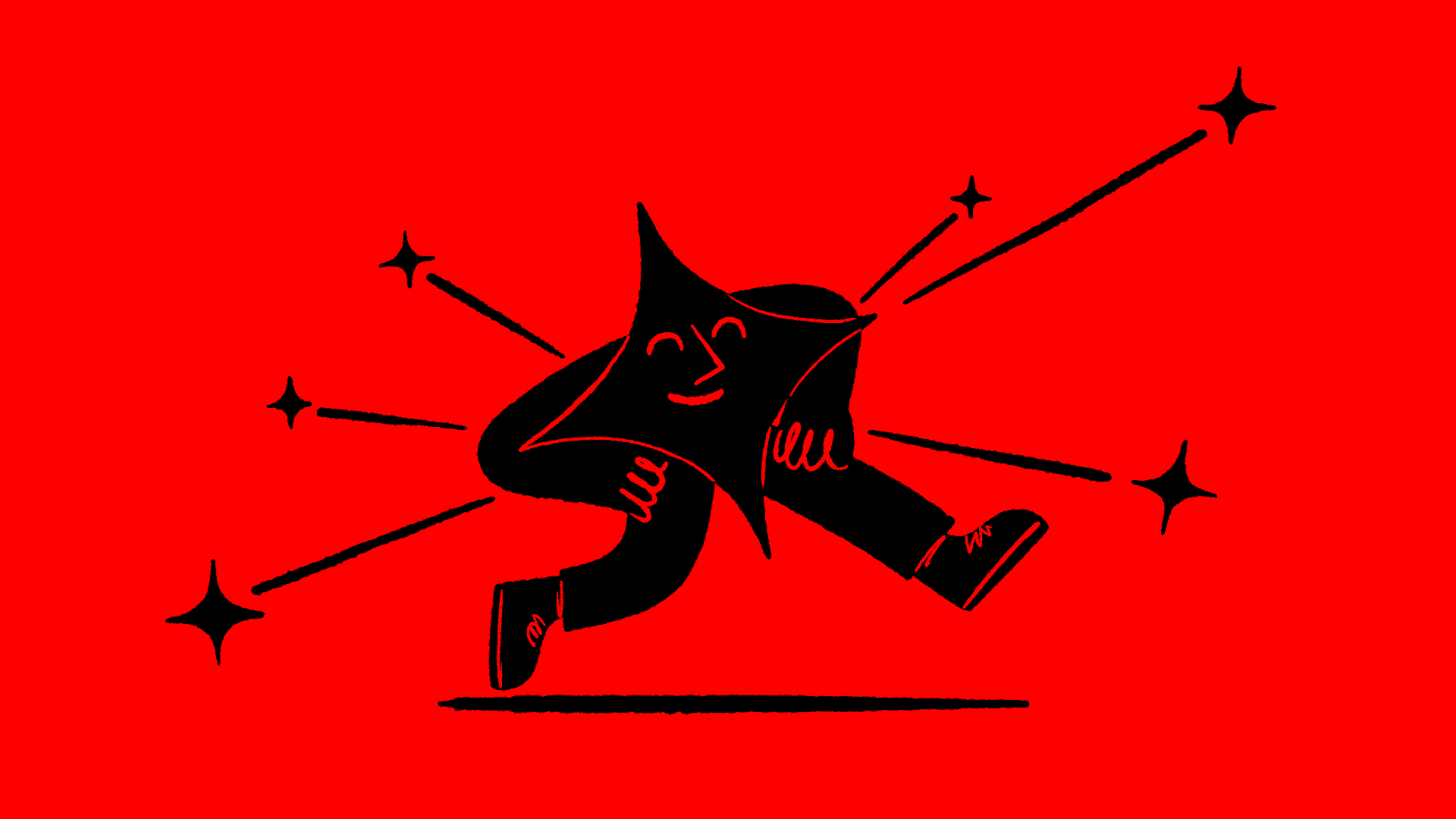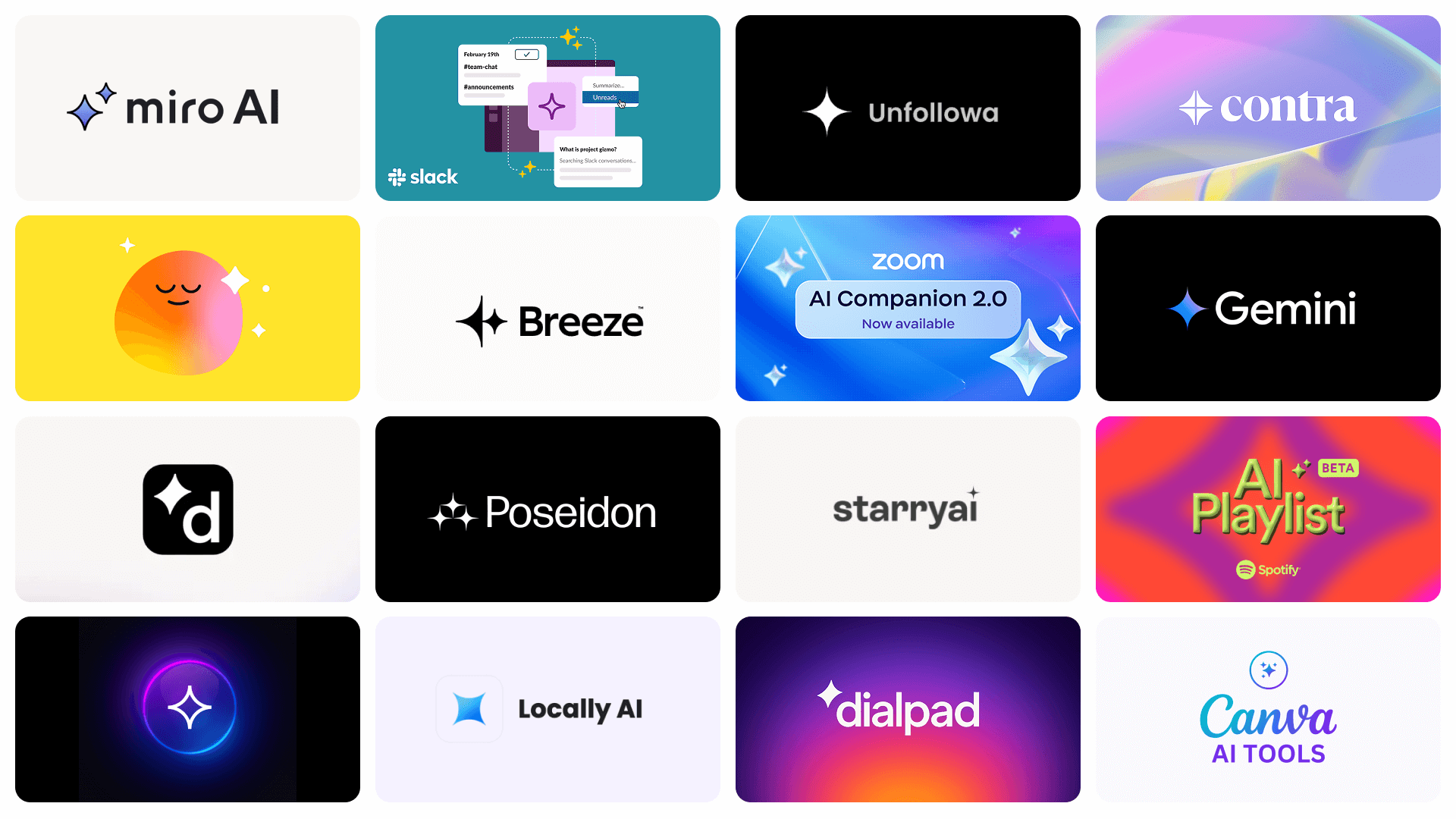Behind the glitter
But the sparkle is a pretty deceptive AI emblem.
That one simple emoji obscures a complex industry that’s the subject of much legal wrangling over its cavalier use of intellectual property – with writers and artists unhappy that their work has been exploited to train AI.
There’s also significant debate around its true environmental impact. Behind those AI tools and their auto-generated imagery and prose lies an enormous consumption of energy: data centres humming, GPUs running hot, water being piped in to cool them down.
It’s part of a troubling pattern in the tech sector, which wraps the most resource-intensive processes in the language and visuals of weightlessness. That sparkle says lightness, effortlessness and immediacy, while erasing the true environmental cost.
And it’s not just the impact on the planet. Suggesting that AI is ‘magical’ or some kind of all-knowing oracle hides the fact that it’s a fallible system. When the sparkle becomes a shorthand for omniscience, people develop unrealistic expectations – which erodes trust when those expectations aren’t met.
Instead of explaining the inner workings and impact to users, AI companies are covering them up with a ‘press here and don’t worry too much about it’ symbol. It means users are less likely to question how AI is making decisions, or using data, or sourcing information, or what kind of bias is embedded in its output.
This stifles accountability and takes away responsibility, which is particularly perilous in law or healthcare or finance, where scrutiny is essential. Over time, it’s easy to see how the gap between what people think AI can reliably do, and what it’s truly capable of, could take the shine off that sparkle.

